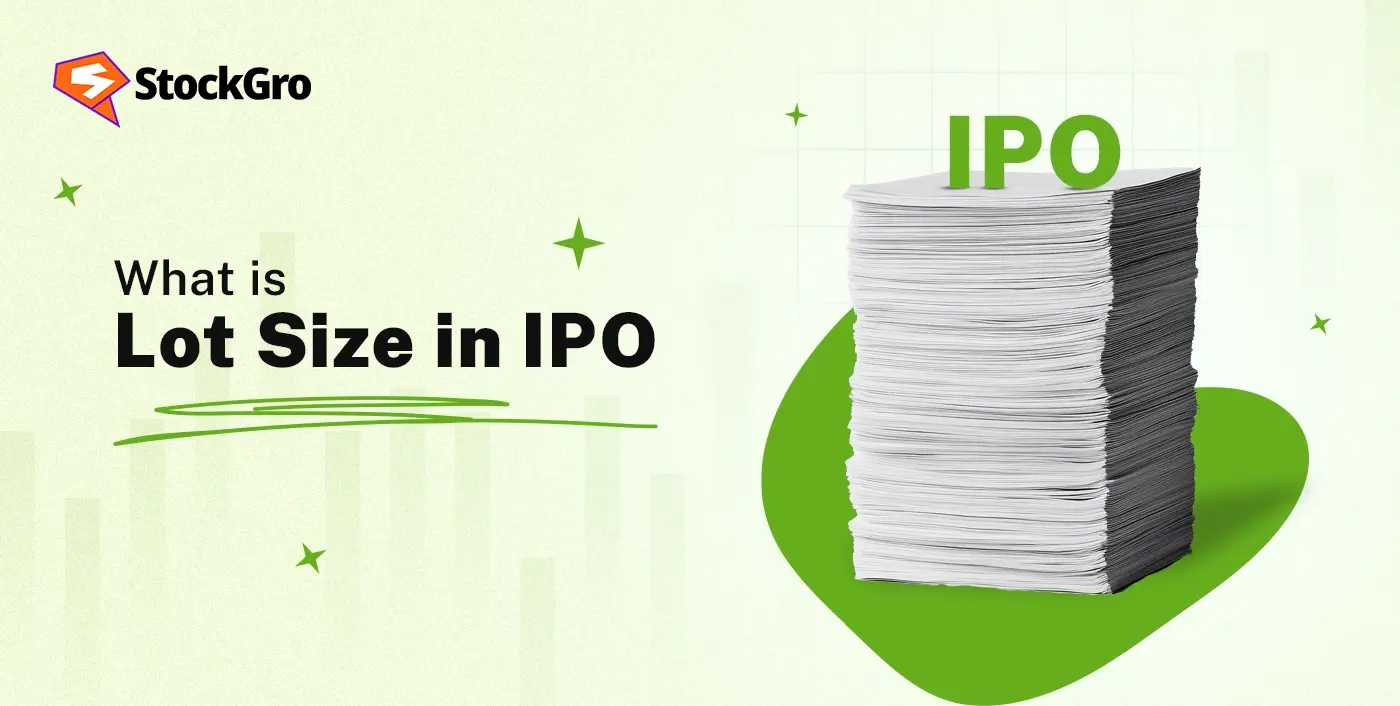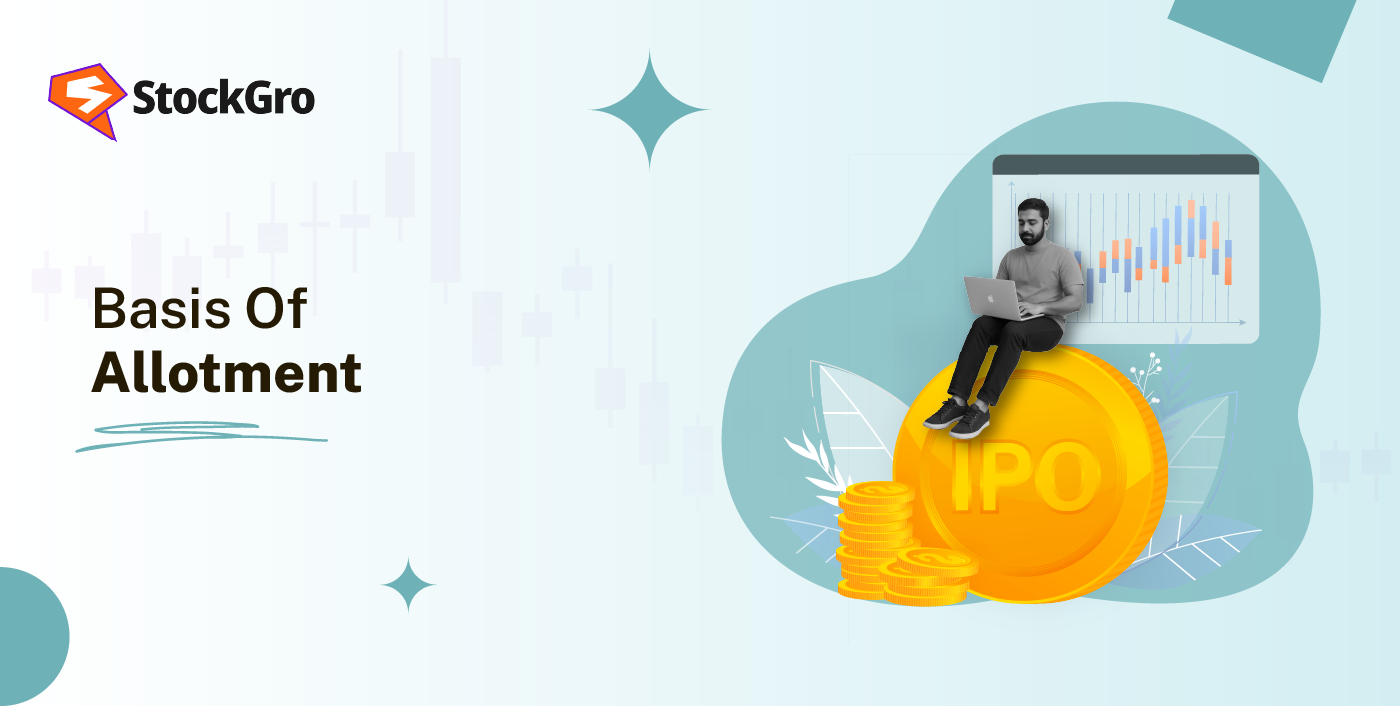
Whenever a new Initial Public Offering (IPO) is released in the market, investor interest springs up. Investors are discussing the probable listing profits, possible oversubscription, and the grey market, of course. Kostak Rate is one of the most used terms in these discussions. Kostak Rates are accompanied by Grey Market Premium (GMP) and Subject-to-Sauda, which constitute an essential component of IPO grey market talk.
So what is a Kostak Rate? Why is this necessary in the case of IPO allotment when the retail category is clearly a matter of chance? More to the point, how do investors use it, and what are the dangers?
Let’s break it down step by step to understand everything about Kostak Rates in the IPO grey market.
What Are Kostak Rates?
Kostak rate means fixed price or premium for buyers to purchase IPO applications traded in the grey market. An investor can sell their IPO application in the grey market before the allotment is declared and receive the Kostak Rate for their IPO application.
Consider the case where you apply for one lot of an IPO that is in high demand. Suppose the lot size is 14 shares and the issue price is ₹1,000 per share, making the total application value ₹14,000. If the Kostak Rate is ₹1,000, another buyer can purchase your application by paying you this additional amount. This means that even if you do not receive an allotment of shares, you are still assured a fixed gain of ₹1,000, while the buyer takes on the potential risk and reward of the allotment.
It allows investors who cannot take up share allotments to lock in assured profits, while the counterparty bears the risk of cancelled allotments and the possibility of earning higher gains.
How Kostak Rates Work
Fixed Rate Regardless of Allotment
The main principle behind Kostak Rates is certainty.
By quoting an application at a Kostak Rate, you are securing a fixed amount. The uncertainty of allotment and the risk of the listing performance of the stock lie with the buyer.
- If your application is not allotted, you still keep the Kostak Rate paid by the buyer. The buyer loses money.
- If your application is allotted, the buyer gets the shares and any listing gains or losses. You still keep the Kostak Rate.
This is why Kostak Rates are generally lower compared to Grey Market Premium (GMP), since the buyer is taking the entire risk of allotment and market performance.
Kostak vs GMP vs Subject-to-Sauda
In grey market discussions, three terms often appear together: Kostak Rate, Grey Market Premium (GMP), and Subject-to-Sauda. While they are related, each has its own meaning.
Kostak Rate Explained
As explained, the Kostak Rate is the price you receive for transferring your IPO application. It guarantees you a fixed return irrespective of allotment.
For example:
- IPO issue price = ₹500 per share
- Kostak Rate = ₹1,200 per application
If you sell your application at this rate, you will receive ₹1,200 no matter what happens in allotment or listing.
Grey Market Premium (GMP)
The Grey Market Premium (GMP) is different. It is an indicator of the additional price people are willing to pay on the unofficial grey market for the IPO shares. Compared to Kostak, GMP offers insight into potential listing profits but carries a higher risk. Because GMP is based on market speculation rather than a fixed premium like Kostak, making it more volatile and uncertain.
For example, assume an IPO is offered at ₹500, with a GMP of ₹100. This suggests that people expect the stock to list at a value of ₹600. Nonetheless, GMP varies daily with demand and inclination.
Subject-to-Sauda Explained
The ‘Subject to Sauda’ (or ‘Subject to Deal’) Sauda rate refers to a type of grey market deal linked to IPO applications. In this, the buyer will just make a payment to you conditional on the allotment. Unless you secure shares, you do not have a deal.
For example:
- Subject-to-Sauda rate = ₹8,000 per application
- If you don’t get allotment → you get nothing.
- If you do get allotment → you receive ₹8,000 from the buyer, and the allotted shares are then transferred to the buyer after allotment
This is riskier than Kostak but can be more rewarding if allotment is received.
Why Kostak Rates Matter for IPO Investors
Kostak Rates play a significant role in the IPO ecosystem, especially for retail investors. Here’s why they matter:
- Guaranteed Profits for Small Investors
Most retail investors show a preference for booking a fixed profit as opposed to the chance of allotment and unpredictable listing gain. Kostak Rate gives them guaranteed yields. - Benchmark for IPO Demand
A high cost of business ownership is an indication of great demand and enthusiasm towards an IPO. It indicates the amount paid by investors to lock in applications. - Risk Transfer
By transacting at a Kostak Rate, the small investors transfer the listing risk and allotment risk to larger grey market players. - Liquidity Option
Small investors who had limited capital can cash in their application through a Kostak Rate rather than waiting weeks until allotment and listing.
In short, Kostak Rates provide flexibility and certainty in an otherwise uncertain process.
Risks & Legality of Kostak Trading
While Kostak Rate sounds attractive, it comes with certain risks and concerns.
- Grey Market Is Unofficial
Both GMP and Kostak Rates are grey market items that are neither official nor regulated by SEBI. It is solely a matter of trust between seller and buyer in any deal. - Legal Ambiguity
In India, trading in IPO applications is not valid using Kostak or Subject-to-Sauda. In the event of disputes, you cannot take legal action since there is no official record. - Counterparty Risk
The transactions are personal, and so one is at risk that the other party can default or not pay up. - Overvaluation Risk
Hype sometimes causes Kostak Rates to be inflated. It is a big loss to the buyer in case the IPO is listed at a discount. - Ethical Concerns
As per the view of many market observers, Kostak trading works against the intention of retail participation in IPO allotment.
Conclusion
Kostak Rates are always the talk of the IPO grey market. Investors can lock guaranteed returns by selling their applications, whether allotted or not. Kostak Rates are safer than GMP and Subject-to-Sauda as they are insured against damages, but the trading is not yet regulated by the mechanisms of the grey market, as it is not a legal practice.
The Kostak Rate offers retail investors an alternative option, though one should approach it with caution. Note that in the grey market, the activities of trading are purely informal. Although Kostak can provide you with guaranteed profit, it is still prudent to consider it as a speculative side income and not a regular investment strategy.
Ultimately, IPOs must be based on the prospects of the company and the long-term creation of wealth instead ofnot short-term grey market interest.
FAQs
Kostak rates are the rate a buyer will pay in the IPO grey market to buy the rights of the IPO application prior to the announcement of allotment results. In simple words, it is a price that is negotiated between a seller (the initial applicant) and a buyer, whether or not shares are allotted optionally. With Kostak trading, investors are capable of locking in profit or limiting their losses before allotment occurs. It indicates grey market demand and how investors feel about an IPO.
Kostak Rate and Grey Market Premium (GMP) both exist in the IPO grey market, but the two have different usages. The Kostak Rate is intertwined with the whole IPO application and it is not subject to any share allotment. GMP, however, is the per-share premium that shows how much the investor is willing to pay to scale up the given price in the shady market. Kostak is related to the total value of an application, whereas GMP provides an outlook on post-listing anticipations on stock behaviour.
Yes. The most important aspect of the Kostak deal is that the seller is entitled to the premium price agreed upon, even when the shares do not get allotted. Thus, it is not regarded as allotment-based so much as it is application-based. The buyer takes on the risk; in case shares are allotted, the purchaser has potential upside from the listing gain. In the event that no allotment has occurred, the buyer provides the fixed Kostak amount he/she agreed to.
Kostak rates trading in India as not a legal institution. Such Kostak trading takes place in the grey market, which is unofficial and unregulated, and therefore not under the regulatory watch of SEBI. Although several investors are involved in Kostak deals informally, the transactions are inherently risky since they cannot be enforced in court, and any disputes hold no legal standing. Efforts discourage grey market activity with SEBI and exchanges reminding investors to use the safety, transparency, and investor protection that regulated markets can provide, rather than going through the informal channels.
Kostak rates are of value to both traders and investors as they give a quick feel of demand, feeling, and listing expectations of an IPO. To a seller, the Kostak deals enable them to at least make a profit cover regardless of allotment, and this reduces the uncertainty. To purchasers, they allow a possible exploitation of high listing benefits as the properties are acquired by indirectly guaranteeing applications. Kostak is also used in conjunction with GMP and Subject-to-Sauda as a metric in the views of market participants regarding IPO attractiveness.

